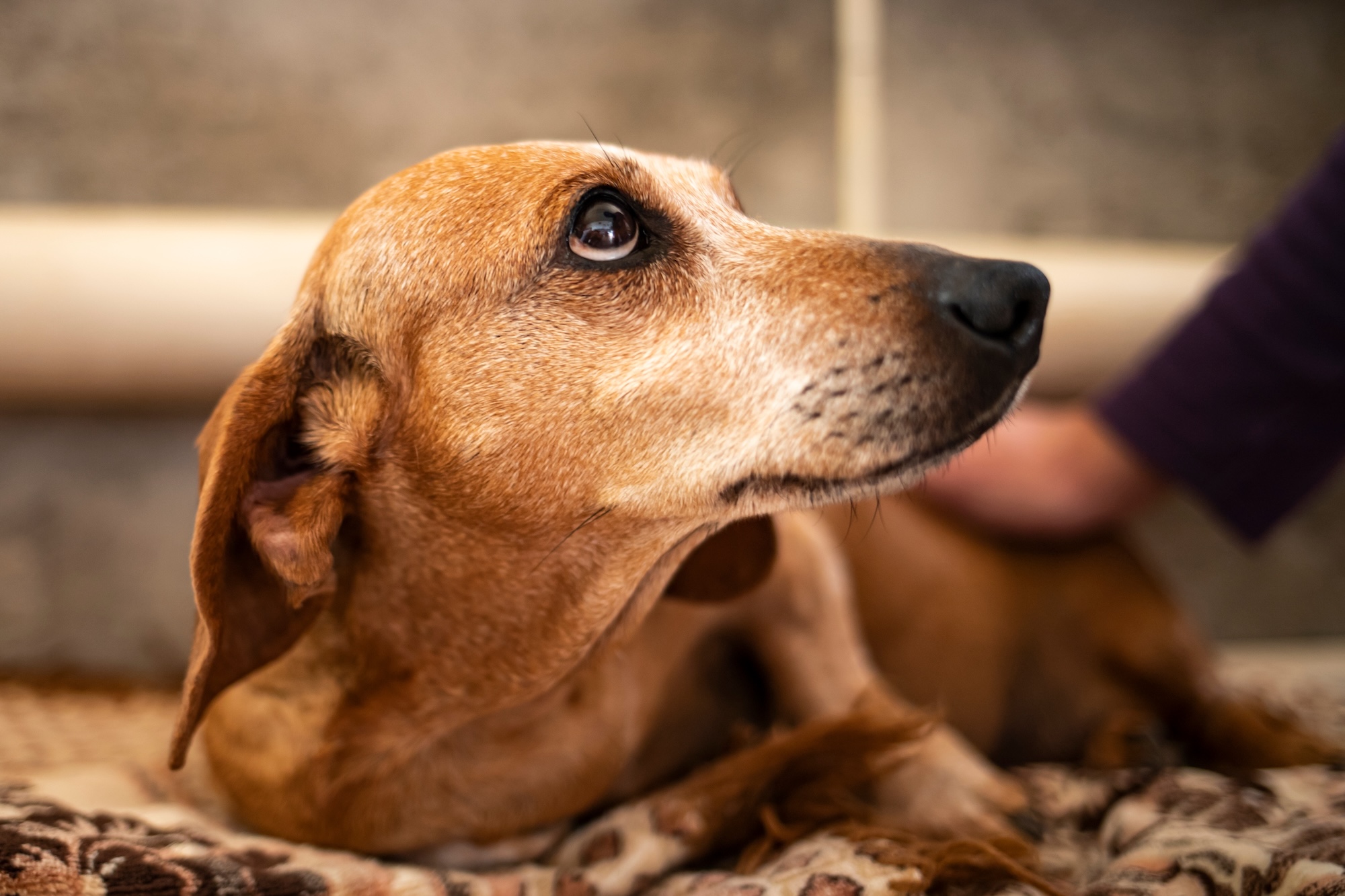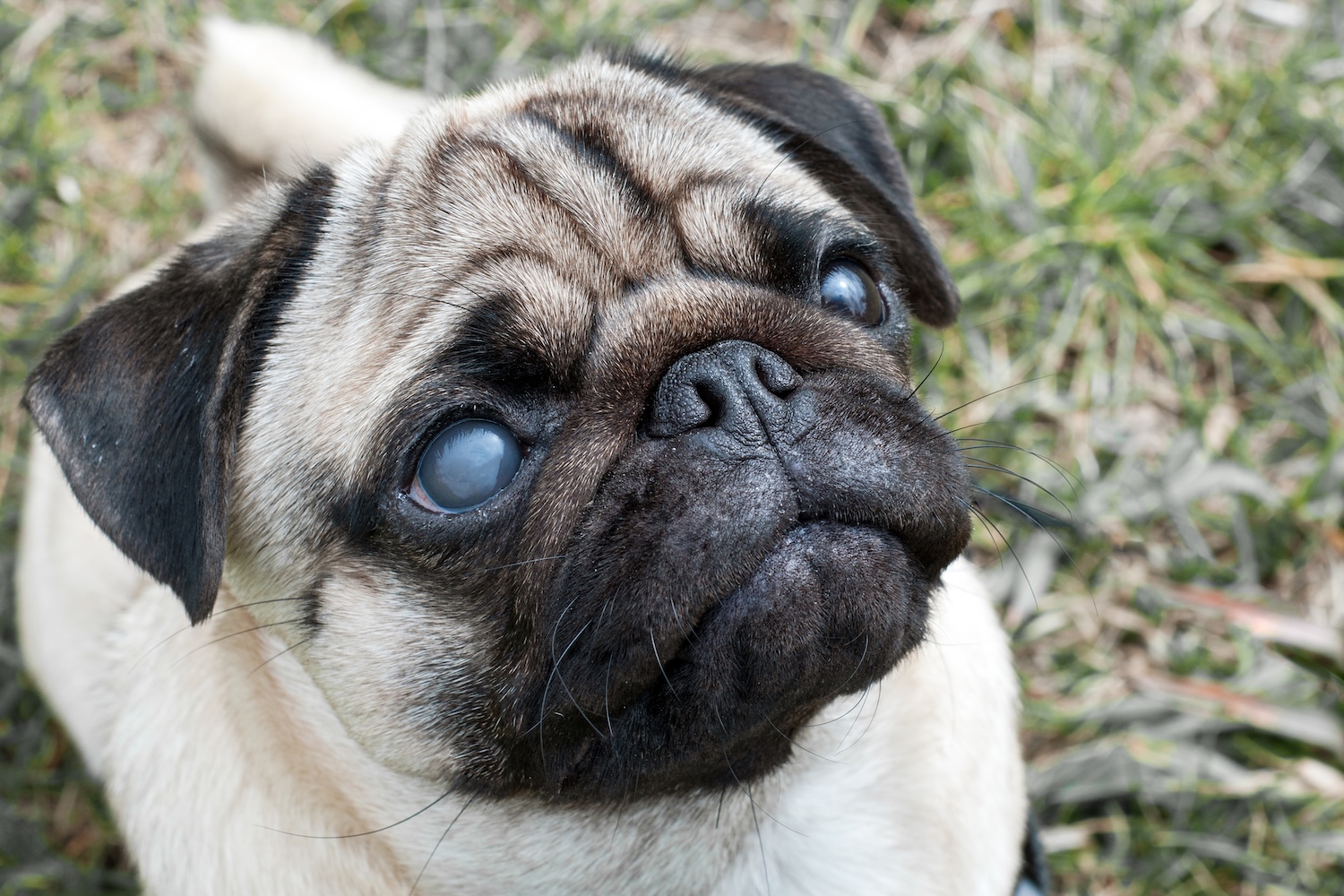It’s normal for dogs to get itchy and scratch once in a while. But if you’ve noticed white flakes dusting your dog’s bedding, or your latest grooming session left their skin red and irritated, they might be dealing with dandruff.
Whatever may be ailing your dog’s skin, it’s always wise to consult your veterinarian about unexplained scratching or other signs of discomfort. They’re best qualified to help determine what’s causing your dog’s itchiness and recommend a plan for relieving it.
Here’s what you need to know about dandruff in dogs, including what causes it and how to resolve it.
Is flaky skin normal for dogs?
Just like humans do, dogs continuously shed their top layer of dead skin cells (along with loose hair from their coats, which is less common for humans). Factors like genetics, hormones, medical conditions, and nutrition affect the rate of skin-cell turnover.
Most of the time, skin-cell shedding isn’t noticeable.
Sebaceous glands in your dog’s skin release an oily substance called sebum that keeps their skin soft and their fur shiny. When the moisture balance in your dog’s skin is thrown off, however, it dries out and dead skin cells may be shed in large, visible flakes. This is what we often call dandruff, and it can be more than just a nuisance.
Some dogs experience flaky skin as part of the natural skin-shedding process. An increase in flakiness, however, could indicate an underlying issue. Nicole Savageau, VMD, a veterinarian at The Vets, says “Concern arises when flakiness is accompanied by signs like itching, redness, or hair loss.”
Here’s the rundown on dog dandruff
Dandruff in dogs is typically a sign of seborrheic dermatitis. While dandruff usually looks like dry, white flakes, it can also be oily.
There are two different types of dandruff, classified by their appearance:
- Seborrhea sicca: Also known as dry seborrhea, this form of dandruff appears as white flakes and crusty skin.
- Seborrhea oleosa: Also called oily seborrhea, this type of dandruff may give the skin a greasy feel and a scaly or yellowish appearance.
There’s also a rare contagious mite infestation called cheyletiellosis that causes scaly skin and is often misidentified as dandruff. For this reason, it’s known as “walking dandruff.” The little white spots walk, as dead skin cannot do, because they’re mites.
Rebecca Greenstein, DVM, a veterinarian at Kleinberg Veterinary Hospital, says that it’s fairly common for dogs to exhibit both forms of seborrheic dermatitis at once, and that you shouldn’t hesitate to call a professional for help if you notice dandruff. “If dandruff or scaliness is extensive, or is accompanied by redness, bumps, sores, foul odor, broken skin, discharge or bleeding,” she says, “it’s time to see your family vet.”
Your veterinarian will first want to determine whether your dog’s dandruff is caused by primary or secondary seborrhea.
Primary seborrhea is genetically inherited and typically emerges at a young age (under 24 months). Some of the breeds most commonly affected are American cocker spaniels, basset hounds, dachshunds, and German shepherd dogs.
Secondary seborrhea is much more common, and is caused by an underlying disease—usually hormonal disorders or allergies. Dr. Savageau says that other factors may contribute to dandruff as well. They include:
- Lack of grooming
- Poor nutrition
- Harsh weather conditions
- Parasites
- Exposure to irritating substances
Identifying the underlying cause of your dog’s dandruff is a key to correcting the issue and restoring skin health.
How to treat dry skin and dandruff in dogs
Once your vet has determined what’s causing your dog’s dandruff, they’ll recommend treatment to relieve discomfort and restore the skin to its healthy state.
In mild cases, your dog might feel relief from something as simple as a bath with a mild oatmeal shampoo. If they have an underlying infection, antibiotics or antifungal medications may be required. Hormonal imbalances call for their own specific treatments, which you can discuss with your vet. Care for allergies may include shots to reduce reactivity or dietary changes to eliminate exposure to food allergens.
Tips for preventing dandruff and supporting skin health
As with any health issue, dandruff that lasts more than a few days should be brought to your vet’s attention. Dr. Greenstein says, “The prognosis ultimately depends on the underlying cause of the symptoms, the duration and severity of the seborrhea, and owner compliance with the treatment regimen.”
Mild cases of dandruff may resolve within a few days or weeks with prompt treatment. “For more severe and complex cases,” says Dr. Greenstein, “full resolution may not be realistic—but ongoing management of the symptoms can improve clinical signs and quality of life.”
Here are some tips for supporting healthy skin in a dog with dandruff—but always consult your veterinarian before starting any treatment, and don’t attempt to diagnose or fix medical issues on your own.
- Increase the moisture content of your dog’s diet to support their hydration—fresh, gently cooked dog food retains more of its natural moisture than dry kibble.
- Talk to your vet about increasing your dog’s omega-3 fatty acid intake. Our fresh recipes contain these important nutrients.
- Brush your dog regularly to help remove dead hair from their coat and distribute the natural oils produced in their skin.
- Soothe itchy skin with an occasional oatmeal bath or medicated shampoo—just don’t overbathe, or you could strip your dog’s coat of its natural oils.
- Limit your dog’s exposure to cold, dry weather conditions, and consider using a humidifier to boost the humidity in your home.
Though not life-threatening, dandruff can cause your dog major discomfort. Furthermore, untreated skin infections from scratching can lead to serious complications. It never hurts to call your veterinarian to assess the situation and find a way to bring your dog relief.





